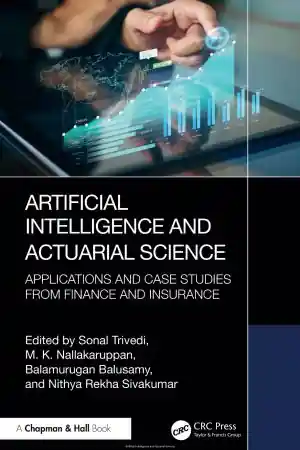
Big Data, Little Data, No Data: Scholarship in the Networked World
- Length: 416 pages
- Edition: 1
- Language: English
- Publisher: The MIT Press
- Publication Date: 2015-01-02
- ISBN-10: 0262028565
- ISBN-13: 9780262028561
- Sales Rank: #1123154 (See Top 100 Books)
“Big Data” is on the covers of Science, Nature, the Economist, and Wired magazines, on the front pages of the Wall Street Journal and the New York Times. But despite the media hyperbole, as Christine Borgman points out in this examination of data and scholarly research, having the right data is usually better than having more data; little data can be just as valuable as big data. In many cases, there are no data — because relevant data don’t exist, cannot be found, or are not available. Moreover, data sharing is difficult, incentives to do so are minimal, and data practices vary widely across disciplines.
Borgman, an often-cited authority on scholarly communication, argues that data have no value or meaning in isolation; they exist within a knowledge infrastructure — an ecology of people, practices, technologies, institutions, material objects, and relationships. After laying out the premises of her investigation — six “provocations” meant to inspire discussion about the uses of data in scholarship — Borgman offers case studies of data practices in the sciences, the social sciences, and the humanities, and then considers the implications of her findings for scholarly practice and research policy. To manage and exploit data over the long term, Borgman argues, requires massive investment in knowledge infrastructures; at stake is the future of scholarship.
Table of Contents
Part I Data And Scholarship
Chapter 1 Provocations
Chapter 2 What Are Data?
Chapter 3 Data Scholarship
Chapter 4 Data Diversity
Part II Case Studies In Data Scholarship
Chapter 5 Data Scholarship In The Sciences
Chapter 6 Data Scholarship In The Social Sciences
Chapter 7 Data Scholarship In The Humanities
Part III Data Policy And Practice
Chapter 8 Sharing, Releasing, And Reusing Data
Chapter 9 Credit, Attribution, And Discovery Of Data
Chapter 10 What To Keep And Why







